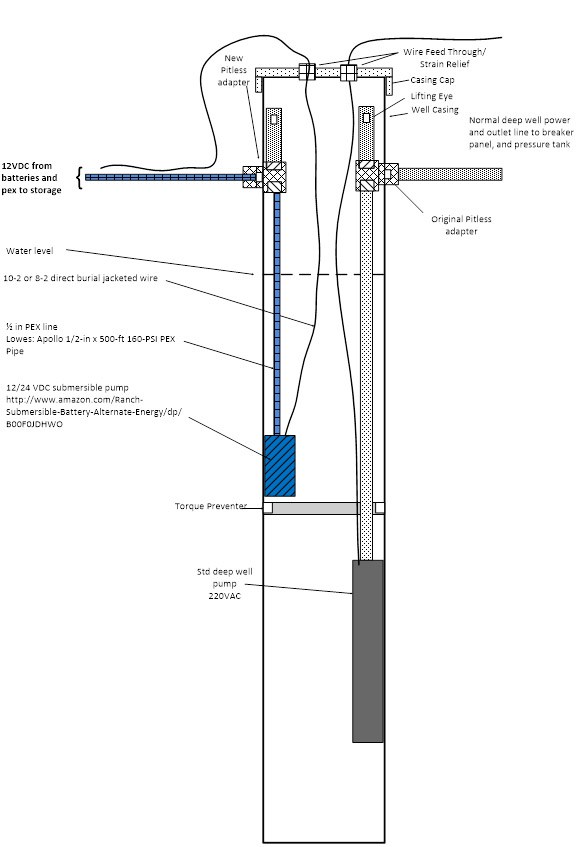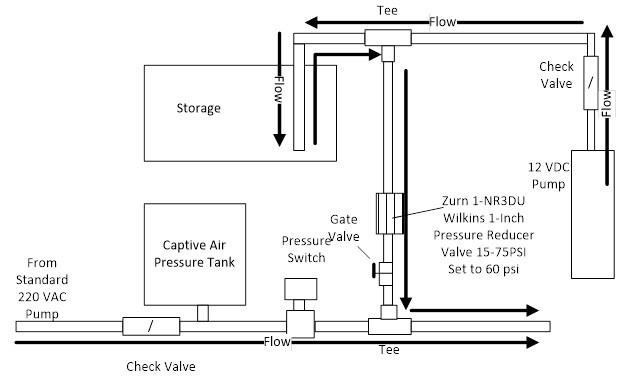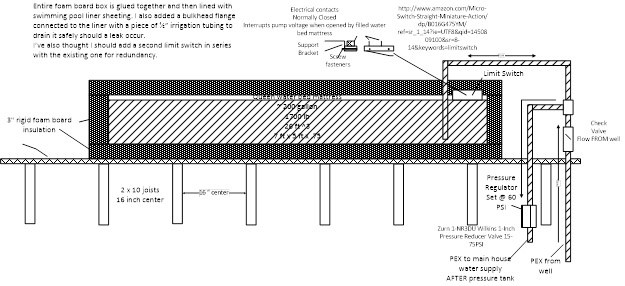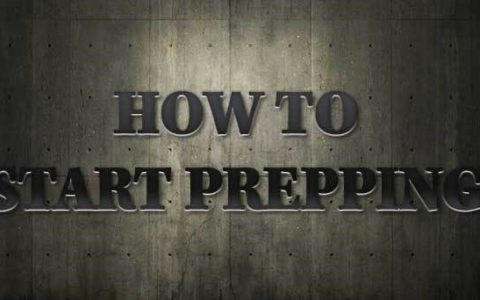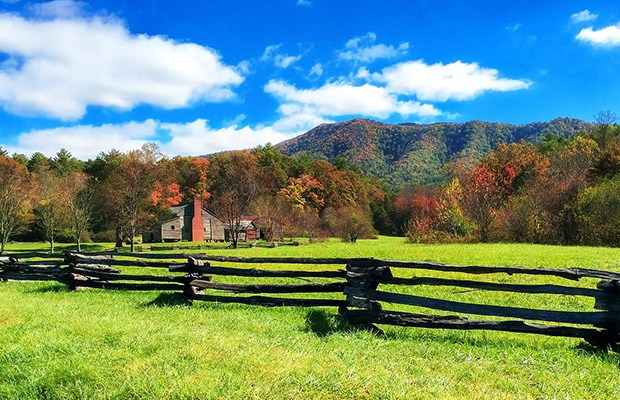
A perennial problem faced by suburban and rural dwellers is obtaining water in the absence of utility provided electric power. Standby generators require fuel of some type, which will eventually run out, and deep drilled wells are poorly suited for use with hand pumps of most types.
As a prepper, this has always been a concern for me as I live in a rural setting, but in a house constructed with the modern “central-everything” design concepts. I do have a gasoline-powered generator, and maintain supplies enough for a few weeks of continuous running. After that, it’s carrying buckets to the stream.
This has led to my experimenting with some alternatives for my survival homestead, and based upon my current deployment I may just go off-grid for water completely. Most of the components I had lying around with the exception of the pump, and the batteries: those items set me back around $450.
Read more: The vital self-sufficiency lessons our great grand-fathers left us
The basics of my survival homestead:
- Frame house with a huge, unfinished second story, currently just storage.
- Drilled well: 270 finished depth, water table at approximately 50 feet down
- Standard 220 VAC submerged pump at 100 feet depth
- The usual captive air pressure tank with associated plumbing and pump pressure relay
So the conundrum is: how to extract perfectly clean water from this well at minimum cost, and without completely changing the plumbing. (I may want to sell and move further out, so any new owner will probably want things as standard as possible)
What I have come up with to date, experimental at this point is a solar/battery-powered pump that stores water in an elevated container, allowing gravity to supply the pressure. Keep in mind though: water is heavy! Be sure to reinforce your structure as needed! I’d consider this a relatively high level overview as opposed to a design doc, so tailor as needed for your own situation.
Stuff.
- A 12/24 VDC submersible pump with 230 foot lift:
- 100 feet of 1/2 “ pex tubing
- Renogy 100 Watts 12 Volts Monocrystalline Solar Starter Kit (Amazon. Harbor Freight, etc)
- 2 – 12VDC marine deep cycle batteries, connected in parallel
- A second pitless adapter installed on the well casing
- 2 – ½” Pex to brass adapter sized for the pitless adapter being used, (1/2 <> 1” in my case)
- Pitless adapter top plug
- A second strain relief for the well cap wiring pass through.
- SharkBite check valve ½”
- SharkBite Tee for ½” PEX
- A used but good queen water-bed mattress (for experimenting only! Gets brittle when cold)
- I will probably use plastic 55 gal drums for anything permanent.
- 100 feet #8, 2 conductor, jacketed, direct burial stranded wire
- 2 – reducing adapters – ½” pex > 1” brass
- Zurn pressure reducer (had on hand – Zurn 1-NR3DU Wilkins 1-Inch Pressure Reducer Valve 15-75-75PSI)
- 2 – SharkBite ½” gate valve
- Limit switches (Amazon Model: a14061600ux0543)
- Assorted connectors, plumbing bits, and crimpers
Read more: Build yourself the only unlimited water source you’ll ever need
Installing the new pump
Drawing 1 – Well details:
The first thing is to install the new pitless adapter in the well casing, just follow the instruction that came with it, In my case, I needed a 1-3/4” hole saw.
Using a string with a weight on it find the depth of the torque arrestor above the standard pump.
Using the same string with a float find the water level in the well casing.
Cut a piece of PEX approximately three feet shorter than the depth of the torque arrestor but be sure it’s still well below the water height. If it very close you may have to re-examine the well suitability.
Connect the two-conductor wire to the new pump following the instructions meticulously: you do NOT want the fitting to leak.
Connect the piece of pex to the new pump. Use stainless clamps or crimp collers.
Connect the PEX to the pitless adapter using suitable adapter hardware.
Run a piece of paracord through the lifting eye on the pump, either use twice the needed length so you can pull it free later or a bowline if you want to keep it in place.
Secure the line to something sturdy, it’s there in case the pump slips out of your hands.
Drop the pump and attached wire down the well. Be very sure it doesn’t come to rest on the torque arrestor! If it does, pull it and adjust the length of the PEX.
Install the solar array where ever you want: mine are on a south-facing roof with a 45 degree pitch.
Install the solar panel charge converter somewhere out of the weather; connect the wiring as described in the instructions.
Run #8 stranded wires from the charge converter to the battery bank.
Turn the charge converter on and make sure the batteries are charging. A voltmeter is sufficient. Mine reads 13.8VDC across the battery terminals in bright sun.
Connect the new well wires to the batteries to ensure the pump works correctly.
If yes, disconnect the pump for now.
Drawing 4 – Water Flow Detail:
Connect the remaining PEX to the pitless adapter outlet, tape the pump wire to the PEX, and bury the entire run below the frost line for the area.
Run it into your basement or crawlspace using whatever critter-proof method you wish.
Install a large water container in a location above your typical faucet height. The higher the location the greater the water pressure.
I’ve been experimenting with a water-bed mattress because, 1 – I had it already, 2 – it distributes weight well.
Drawing 2 – Storage Details:
Run the PEX and wiring up to whatever storage container you are using, install the check valve, (flow toward the storage tank!), then the PEX Tee after the check valve, and then from the check valve outlet side into the tank, using suitable fittings to provide for a secure, leak free connection. Inside the container, if it’s not flexible like the mattress, install an addition piece of tubing that just barely reaches the bottom of the container.
Install the limit switch with a float or similar to open the pump circuit when the water level reaches the maximum desired height in the container. Typically you would use the normally closed contacts that will open when the float is lifted. There is a multitude of ways to do this, I happened to have the switches already.
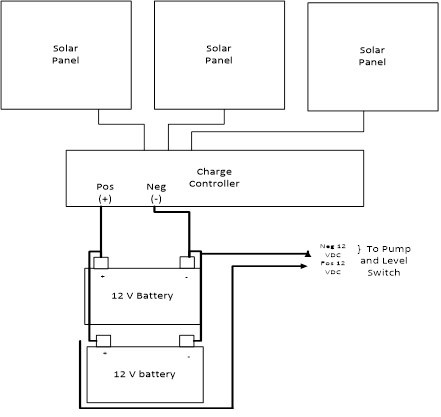
Drawing 3 – Charge Details:
Now run the wiring to the batteries, and connect, observing the correct polarity as during the initial test.
On the original house water supply plumbing cut and insert a tee in the line from the pressure tank going to the house plumbing. Install one of the gate valves in the Tee side going to the new storage. The object is to connect the new storage container outlet Tee to the standard supply plumbing after the pressure tank check valve, see drawing 4.
Other self-sufficiency and preparedness solutions recommended for you:
Healthy Soil + Healthy Plants = Healthy You
The vital self-sufficiency lessons our great grand-fathers left us
Knowledge to survive any medical crisis situation
Liberal’s hidden agenda: more than just your guns
Build yourself the only unlimited water source you’ll ever need
4 Important Forgotten Skills used by our Ancestors that can help you in any crisis


